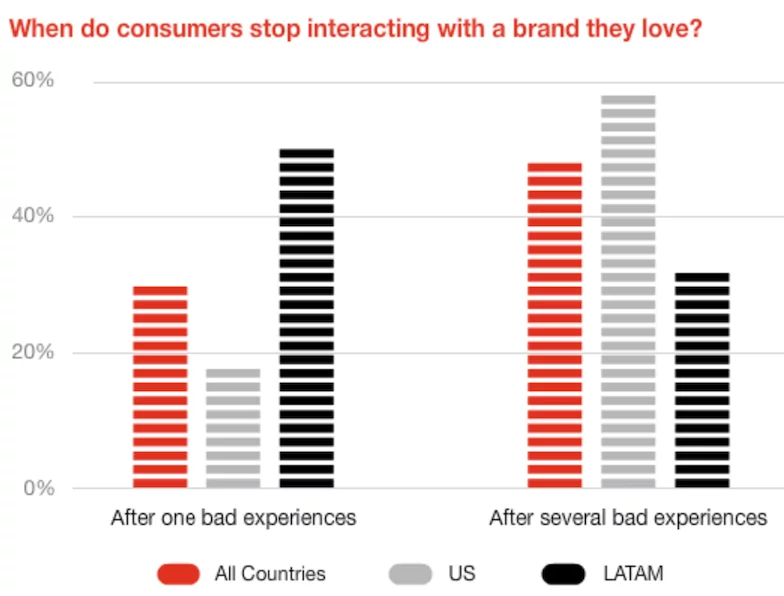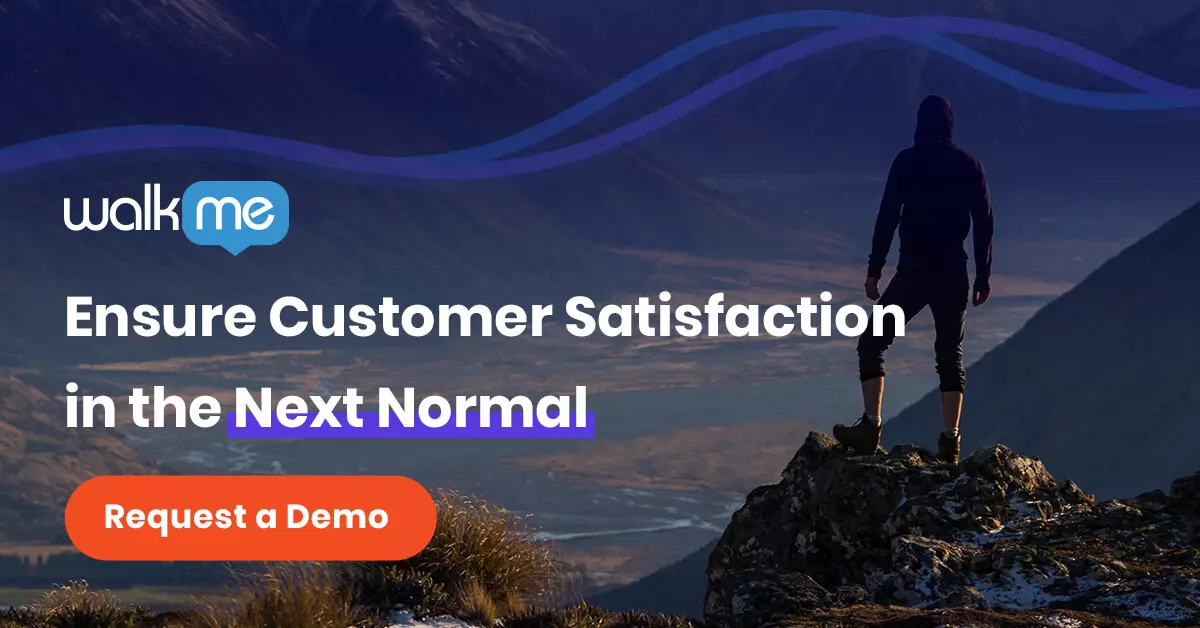Business leaders have long known that customer experiences influence buying behavior, brand perception, and bottom-line profits.
Today, however, the digital economy continues to evolve. As it changes, customer expectations also shift.
To stay competitive in today’s fast-paced economy – which is made all the more uncertain by the COVID-19 pandemic – businesses need to stay tuned to those needs and deliver relevant and positive experiences.
Customer Experience: a definition for the digital age
Customer experience refers to the sum total of all interactions that a customer has with your brand.
That journey spans every touchpoint along the customer journey, including pre-purchase research, advertising, the purchase, customer care, and departure.
One key feature of the customer experience, according to Jeff Bezos, is that customers are “divinely discontent.” Bezos claims that “their expectations are never static – they go up.”
The clear implication of this statement is that businesses must always follow customer trends, demands, and needs, then adapt accordingly.
After all, in today’s fast-paced world, customers have more power than ever and customer experiences often differentiate marketplace leaders from the laggards.
How good vs. bad customer experiences impact the bottom line
Research has shown that customers demand good experiences and that those experiences directly affect loyalty and longevity.
According to Deloitte, for instance:
- On average, customers will report a good experience to 9 people
- Bad experiences, however, get reported to an average of 16 people
- Customers who have good experiences are likely to spend 140% more than those who have negative experiences
- Those who have positive experiences are also likely to stay customers 5 years longer
Other research agrees with these conclusions.
PwC found that almost one-third of customers will leave a brand after a single bad experience – and after several bad experiences, nearly half will leave.

The conclusion is clear: to build long-lasting, profitable relationships with customers, it is important to craft positive experiences.
Redefining the customer experience during and after COVID-19
In the digital economy, customer needs and expectations move quickly, and this is even more true during the COVID-19 pandemic. The pandemic has disrupted many areas of the economy, including business operations, supply chains, and customer expectations.
As customer expectations change, companies will need to follow suit and create new, innovative customer experiences.
Redesigning the customer experience in the Next Normal
During “the next normal,” as McKinsey calls it, we can expect major shifts in many areas of the economy, including the competitive landscape, the workplace, and customer expectations.
In short, businesses will need to stay agile and adaptable, even after the pandemic has ended.
Here are a few customer experience strategies that will prove useful in the Next Normal:
Plan for a new “health economy.” Accenture has claimed that the pandemic could spur the growth of a new economy focused on health and health products. Some of these trends are already in evidence. The use of germ filters and sanitation equipment, for instance, has grown significantly in tourism and travel. The trend will extend beyond health products, however, and businesses should plan to incorporate health into their products, features, and messaging.
Develop products and services for the stay-at-home customer. Many customers will continue spending more time at home, even after the pandemic, says Accenture. One consequence of this behavior will be a renewed interest in home-related products and services. Virtual products and solutions as well as contactless-experiences will also skyrocket in popularity according to Accenture, so businesses should focus on building great digital customer experiences.
Streamline, optimize, and automate customer care. Customer onboarding and customer care are essential for maintaining a long and healthy customer relationship. Since the post-COVID era will be more digital and more virtual, one of the best ways to improve the customer experience is by automating customer care, onboarding, and self-help services. Digital adoption platforms (DAPs), such as WalkMe’s platform, automate many of these customer service functions, making them ideal for the home-based customer.
Customer expectations will be continually changing in the post-pandemic era, so it is important to track customer sentiment closely.
An agile approach to customer experience optimization can help companies deliver products, services, and experiences that are more relevant, useful, and profitable.


